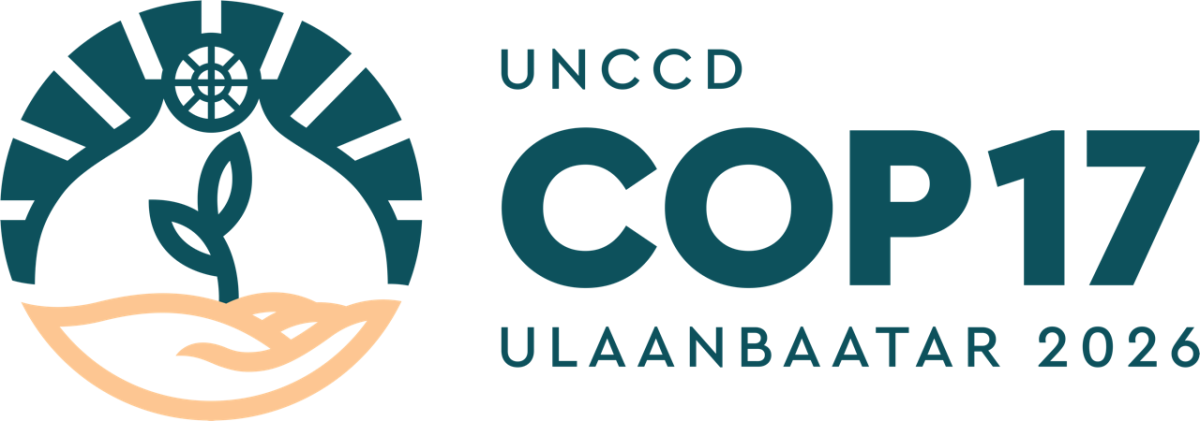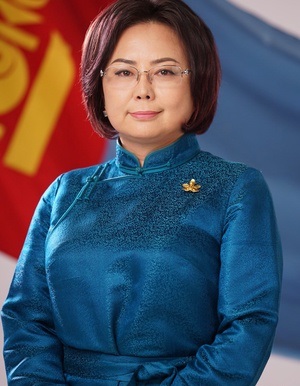
Member of the State Great Khural of Mongolia, Minister of Environment and Climate Change Chair of the COP17 organizational committee
MESSAGE FROM THE MINISTER OF ENVIRONMENT AND CLIMATE CHANGE
Land is crucial for human well-being, biodiversity, food security, and economic growth. However, land degradation, desertification, and drought threaten these vital resources, impacting livelihoods and global sustainability. Vulnerable populations bear the brunt of these environmental challenges, complicating efforts to achieve Sustainable Development Goals.
Mongolia is honored to host the 17th Session of the Conference of the Parties to the United Nations Convention to Combat Desertification (COP17) in 2026.
Mongolia, with its vast arid landscapes and nomadic culture, faces severe environmental challenges, including desertification and droughts. These issues threaten food security, economic stability, and cultural heritage, particularly affecting rural communities and traditional lifestyles. Mongolia’s ongoing efforts in extensive reforestation, sustainable rangeland management, and proactive climate adaptation reflect the nation's profound commitment to environmental stewardship, resilience building, and sustainable livelihoods.
This event aims to bring together policymakers, scientists, civil society representatives, indigenous communities, and private sector stakeholders in an inclusive environment conducive to innovation, learning, and collaborative problem-solving.
Hosting COP17 will strengthen international partnerships and drive collaborative actions towards a sustainable and resilient future. Mongolia is committed to leading by example and facilitating global cooperation for lasting environmental solutions.
Looking forward to welcoming you in Mongolia in 2026.
MONGOLIA at a Glance
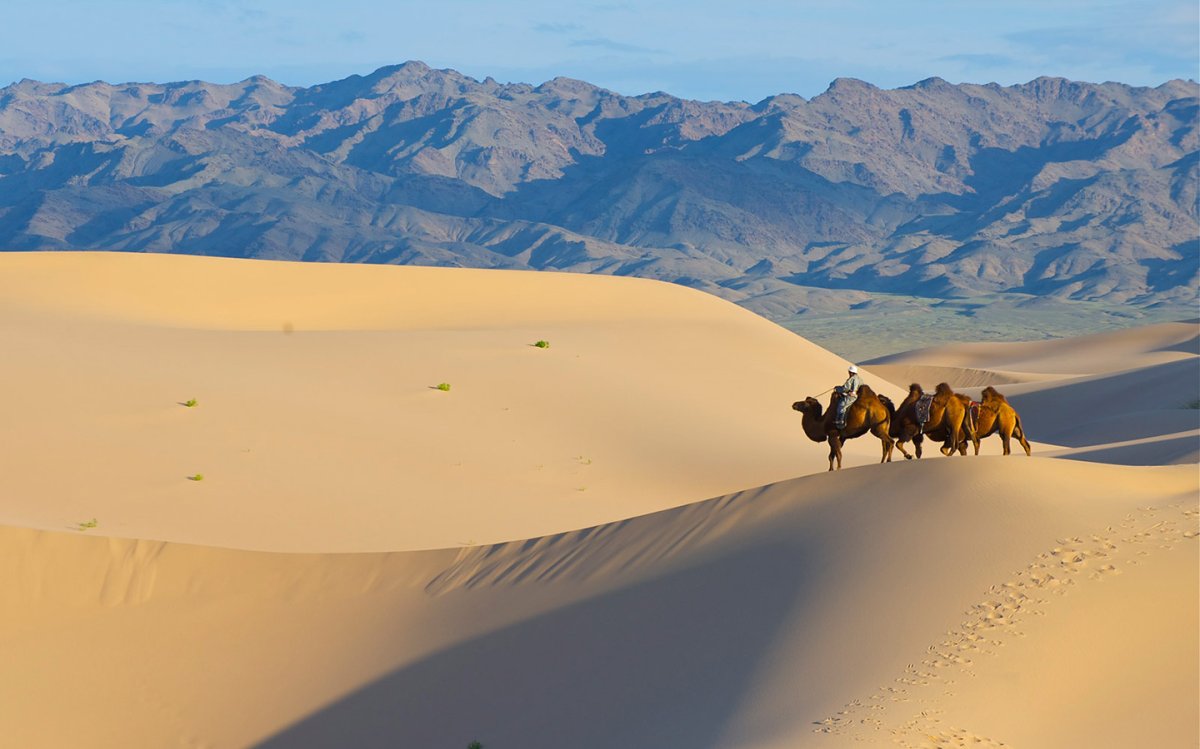
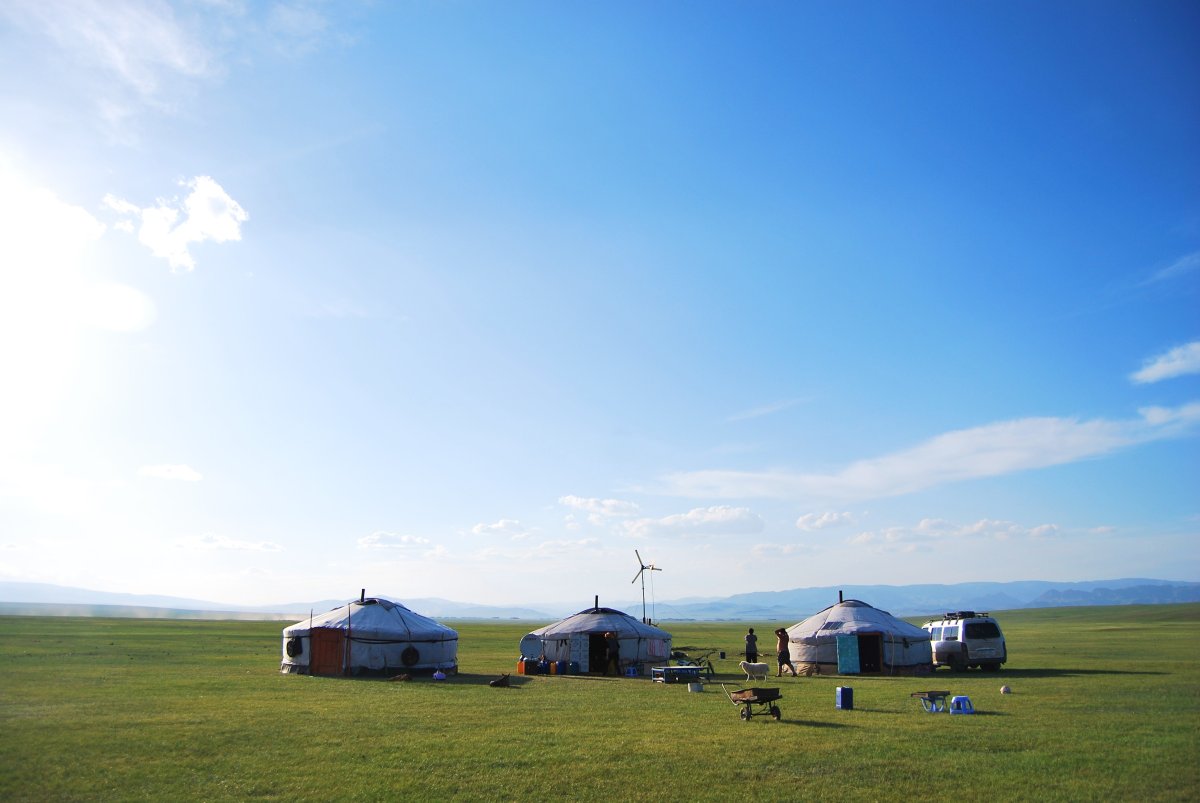
Mongolia is a landlocked country, connecting Central and North Asia, covering 1.56 million square kilometers and home to a population of over 3.4 million.
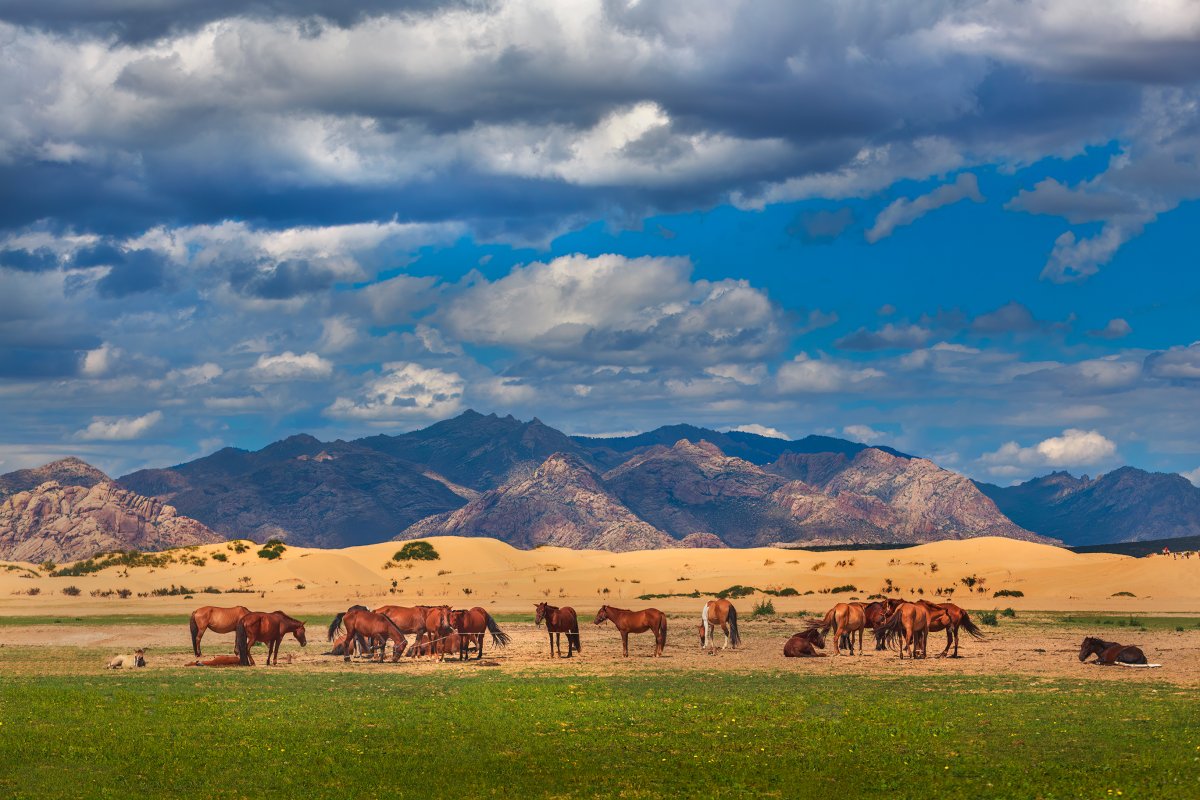
Its diverse geography includes vast steppes, deserts, forests, and mountain ranges.
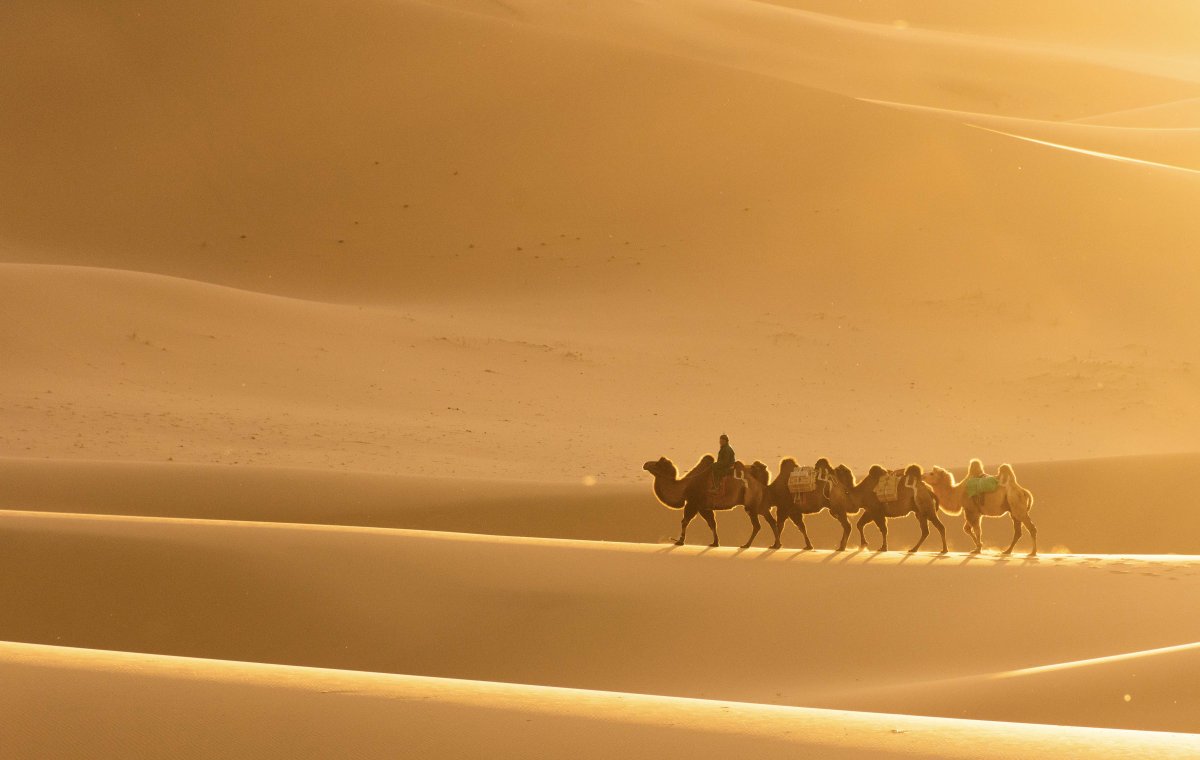
The economy is primarily based on mining and agriculture. Water resources are limited and unevenly distributed across the countrу.
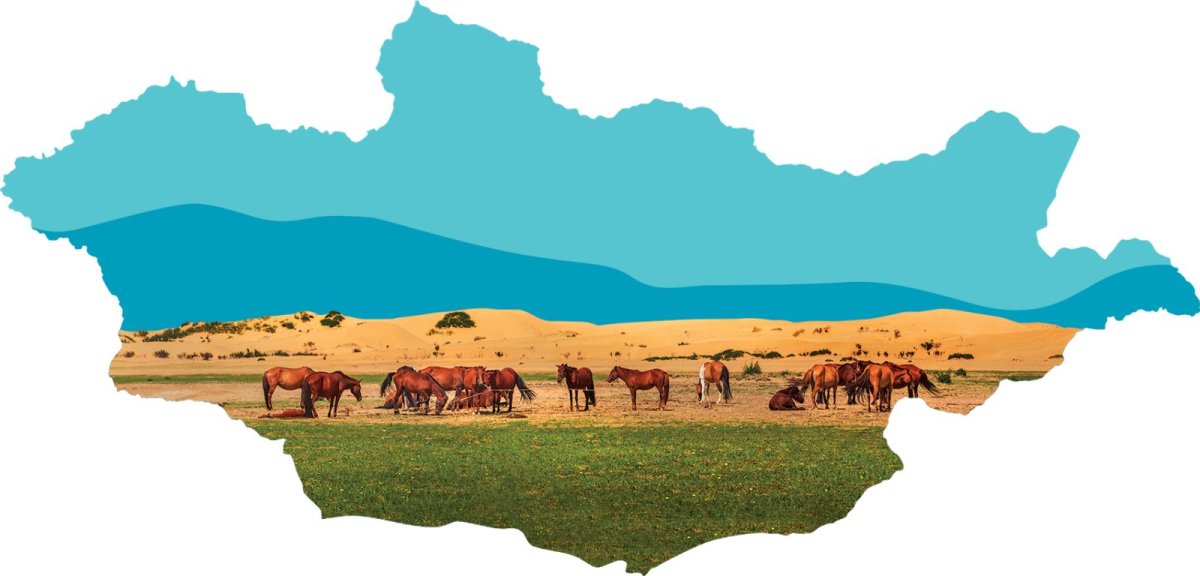
Desertification and Land Degradation
- 76.9% of Mongolia’s land (120.3 million hectares) is affected by desertification
- Out of this - 23% (30 million hectares) is considered as severe desertification
- Main causes: climate change, overgrazing, unsustainable land use
- This threatens food security, livelihoods, and the environment.


Nomadic Heritage and Cultural Diversity
- Mongolia’s traditional nomadic pastoralism is based on seasonal migration and a lifestyle in harmony with nature.
- The country is home to 21 different ethnic groups, including Khalkh, Kazakh, and Buriad communities.
- Folk music, colorful festivals, traditional crafts, and cultural customs remain a proud and living part of Mongolian life.
- Mongolian culture and traditions are closely intertwined with the natural environment and form a vital part of the nation's core values.

Mongolia’s Efforts to Combating Desertification and Land Degradation
Due to its extreme climate and fragile ecosystems, Mongolia is particularly susceptible to the accelerating effects from climate change, desertification, and land degradation. In response, the Government of Mongolia integrated these challenges into its short-, medium, and long-term policy frameworks and and launched large-scale national programmes alongside innovative solutions.
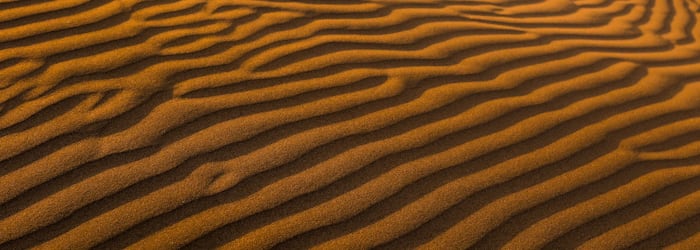
“Billion Trees” National Campaign
- Initiated by the President of Mongolia in 2021.
- Aims to plant one billion trees by 2030.
- Over 84 million trees and shrubs have been planted to date.
- Contributes to land restoration, soil protection, improved air quality, reduced greenhouse gas emissions, and the mitigation of deforestation and land degradation.
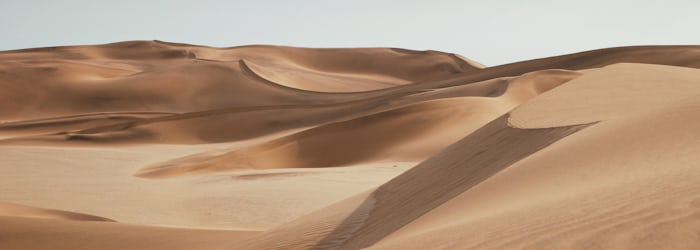
"New Cooperative" Movement
- Implemented nationwide under the “New Revival Policy,” the “New Cooperative Movement” aims at strengthening climate resilience in the livestock sector by supporting sustainable herder cooperatives and preventing climate-related risks.
- Aims to help herders form cooperatives, access investment loans, and generate income through sales of raw materials at higher market value.

“Food Supply and Security” Movement
- Initiated by the President, The Mongolian "Food Supply and Security" national movement, aims to enhance food security and self-sufficiency, focusing on domestic production, livestock health, and becoming an organic food exporter.
- Healthy Soil Healthy Food
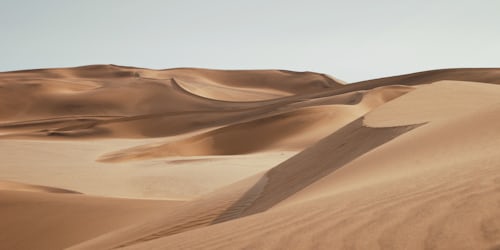
“White gold” Movement
- Mongolia’s National “White Gold” Movement supports sustainable fiber such as leather, wool and cashmere by promoting eco-friendly practices to bring more value to healthy livestock.
- Connection to Pastoralists. The movement aims to help Pastoralists generate more value-added income while encouraging them to minimize and sustainably manage livestock.

“Blue Gold” water national movement
- A project implemented by Mongolia to protect natural and water resources is a contribution not only to regional efforts but also to the global mission of safeguarding the world’s water resources.
- No Water – No Healthy Land.
Mongolia continues to expand nature-based solutions, cross-sector partnerships, and international collaboraboration to ensure environmental sustainability and strengthen climate change resillience. These efforts contribute not only to national priorities but also to the global environmental policies and benefits.
